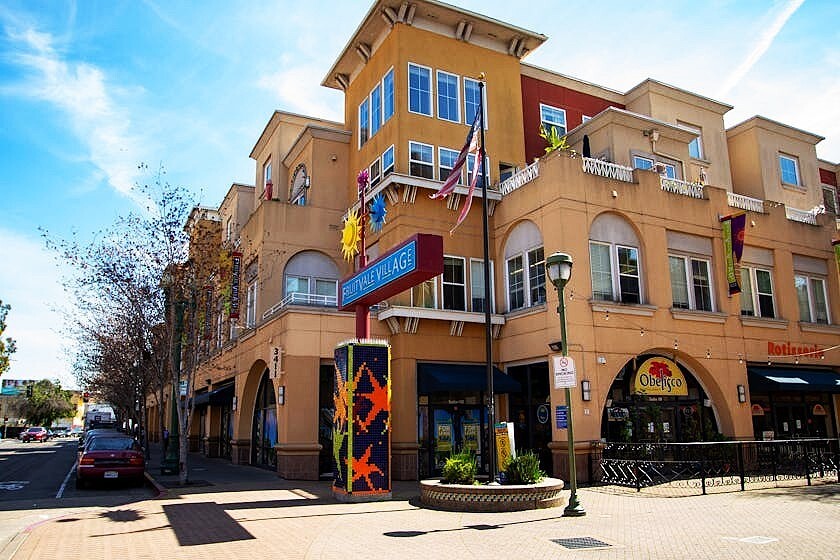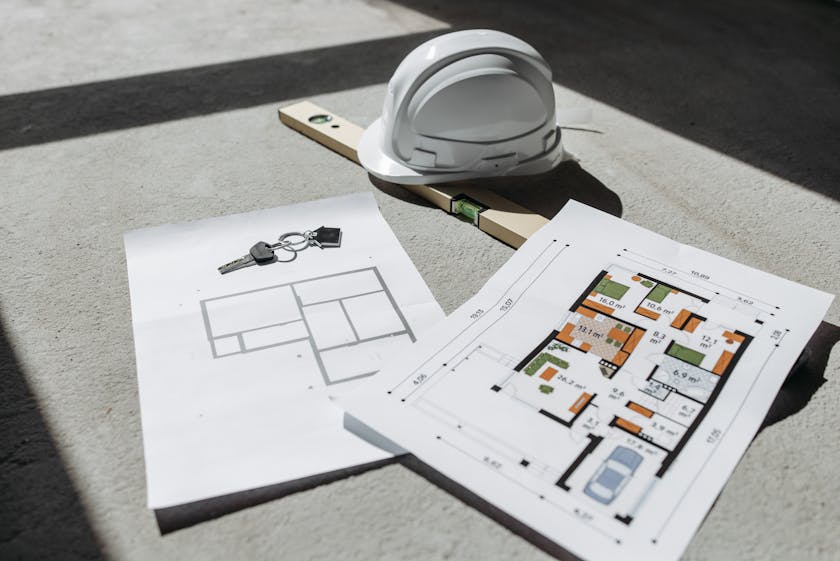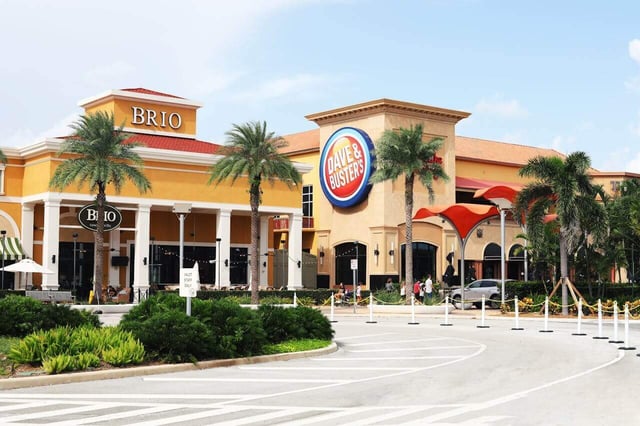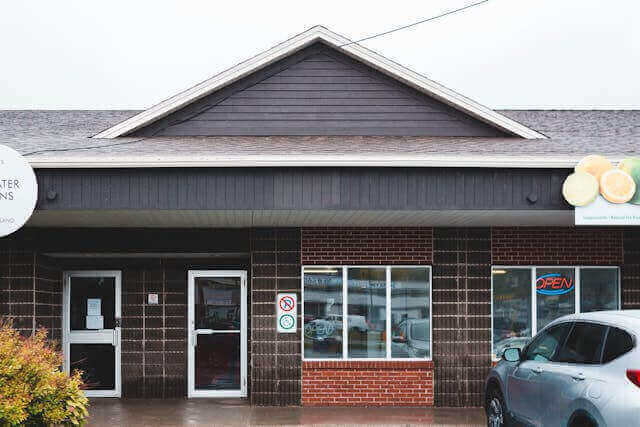The Ultimate Beginner-Friendly Introduction To Reliable IRR In CRE
July 7th, 2025
4 min read

Internal rate of return (IRR) measures how quickly invested capital grows over time, rather than just the total profit earned. It is especially valuable for real estate deals with varying cash flows and specific exit timelines. Investors should use IRR alongside metrics like cash-on-cash return and equity multiple to get a complete view of performance.
A 15% return sounds impressive—until you realize it took 10 years to earn it.
In commercial real estate, especially when investing in shopping centers, many new investors get excited by big profit numbers. Sale price, cash flow projections, and equity gains are all important. However, if you're not considering how quickly your investment generates those returns, you may be missing a crucial part of the equation.
That is where IRR, or Internal Rate of Return, comes into play.
IRR shows you not just how much money you make, but how efficiently your money grows over time. It’s a time-sensitive metric that helps you understand the pace of your return. For anyone serious about comparing deals and making better investment decisions, IRR is one of the most useful tools available.
This guide will walk you through what IRR means, how it works, and why it should matter to you as a retail-focused commercial real estate investor. We'll keep it simple and engaging, using clear examples and analogies that make sense no matter your background.
IRR: A Time-Sensitive Measure of Investment Performance
Let’s start with the basics. IRR is a percentage that represents the annualized return your investment is expected to generate, factoring in when you receive each portion of your cash flow.
It’s not just about how much money you make. It’s about when you make it.
This is important because money earned earlier can be reinvested, lowering your risk and increasing your return. IRR provides a clearer and more dynamic picture than basic return metrics, such as ROI or cash-on-cash return.
In short, IRR tells you how efficiently your capital is working over the life of an investment.
IRR Is The Speedometer, Not The Odometer
Think of your investment like a road trip.
- The odometer (total profit) tells you how far you traveled.
- The speedometer (IRR) tells you how quickly you got there.
Two trips might cover the same miles, but one gets you there much faster. When it comes to building wealth, speed matters. If you get a return earlier, you can reinvest it, move into another opportunity, or protect your capital before market conditions change.
That’s the power of IRR. It adds the time factor to the return equation.
Real Estate Example: Breaking Down IRR In Action
Let’s look at a simplified example using a small neighborhood shopping center with the following numbers:
- Purchase price: $1,000,000
- Hold period: 5 years
- Annual net cash flow: $80,000
- Sale price at year 5: $1.2 million
Your expected cash flows will likely look like this:
- Years 1-4: $80,000 each year from rental income
- Year 5: $80,000 from rent plus $1.2 million from the sale
- Initial investment: - $1,000,000
When you enter these numbers into an IRR calculator, the result is about 14.5%. This means your investment would produce an average annual return of 14.5 percent over the five-year period, accounting for both the cash flow and the final sale—and when each of those payments occurs.
IRR shows how quickly your money comes back and grows, not just how much you make in the end.
Comparing IRR To Other Real Estate Metrics
New investors often rely on simple metrics like ROI or cash-on-cash return, but those don’t capture timing. Here’s how IRR compares to those tools:
%20(1)%20(1).png?width=840&height=630&name=IRR%20vs%20other%20structures%20graphic%20%20(1)%20(1)%20(1).png)
While this chart offers a side-by-side view of how IRR differs from other metrics, numbers alone don’t tell the full story. To truly appreciate the value of IRR, it is helpful to examine situations where relying solely on total return or annual income might lead you astray. This is where IRR proves its value, especially when deals don’t follow a predictable income pattern.
When And Where IRR Shines
Imagine you’re comparing two shopping centers:
- Center A produces consistent income with a modest sale price.
- Center B offers lower early returns but a much higher final sale.
Without IRR, you might choose Center A because the cash flow feels safer. However, the IRR might indicate that Center B offers a higher return over time. It helps you compare deals on equal footing, especially when the cash flows differ.
IRR In The Context of Shopping Center Deals
Retail real estate deals, like shopping centers, often have fluctuating cash flow. Tenant turnover, percentage leases, seasonal businesses, and value-add strategies all affect your income stream over time.
That makes IRR especially valuable in retail investing. Here’s why:
- Accounts for uneven lease-ups: If you're renovating or re-tenanting, IRR adjusts for the delayed cash flow.
- Incorporates future improvements: Projects that improve rents or occupancy over time are reflected in IRR.
- Includes the exit strategy: IRR factors in both operating income and sale proceeds, making it ideal for investors planning a sale within 3 to 7 years.
Retail investments can be more complex than those in multifamily or industrial properties. IRR helps clarify whether a deal’s timeline supports your financial goals.
What IRR Doesn't Tell You (And Why That's Okay)
Despite its strengths, IRR has a few limitations you should understand:
Assumes reinvestment at the same rate - IRR assumes you can reinvest interim returns at the same rate, which may not be realistic.
Can be distorted by unusual cash flows - If your deal has irregular inflows and outflows (such as refinances or capital calls), the IRR can become confusing.
Does not capture risk - A development deal might have a sky-high IRR but come with high execution risk or speculative projections.
That’s why experienced investors use IRR alongside other metrics, such as equity multiple, debt service coverage ratio, and cash-on-cash return. Each offers a different piece of the puzzle.
Why This Matters For Investors
For new investors, especially in the retail space, IRR can offer valuable clarity. It teaches you to evaluate more than just the purchase price and lease income. It helps you ask better questions:
- How long will my money be tied up?
- When do I start seeing returns?
- Am I getting paid early, or just banking on a big sale?
By applying a time-weighted lens to return potential, IRR helps you avoid deals that appear attractive but don’t perform efficiently.
IRR Is Your Investing GPS, And We'll Help You Use It
IRR is not just a formula tucked inside a spreadsheet. It’s a way to understand how your money performs over time and whether a deal truly aligns with your investing goals.
In the world of shopping center investing, IRR can be especially helpful. These properties often involve staggered leases, renovations, tenant improvements, and timing-based value plays. IRR enables you to evaluate those variables with greater precision and confidence.
That said, IRR works best when combined with a full analysis. Use it to compare deals, not just to justify a single one. Pair it with cash flow analysis, equity multiples, and a firm understanding of the property’s fundamentals.
And if you want to keep sharpening your skills, we’re here to help.
Visit the RockStep Capital Learning Center for beginner-friendly articles, practical tools, and insights designed specifically for new commercial real estate investors. Whether you're looking at your first retail property or reviewing a partner's offering memorandum, our guides can help you move forward with clarity and confidence.
Investing in commercial real estate doesn’t need to feel overwhelming. With the right knowledge, you’ll learn how to spot great deals, ask the right questions, and grow your portfolio on a strong foundation.
Topics:


























